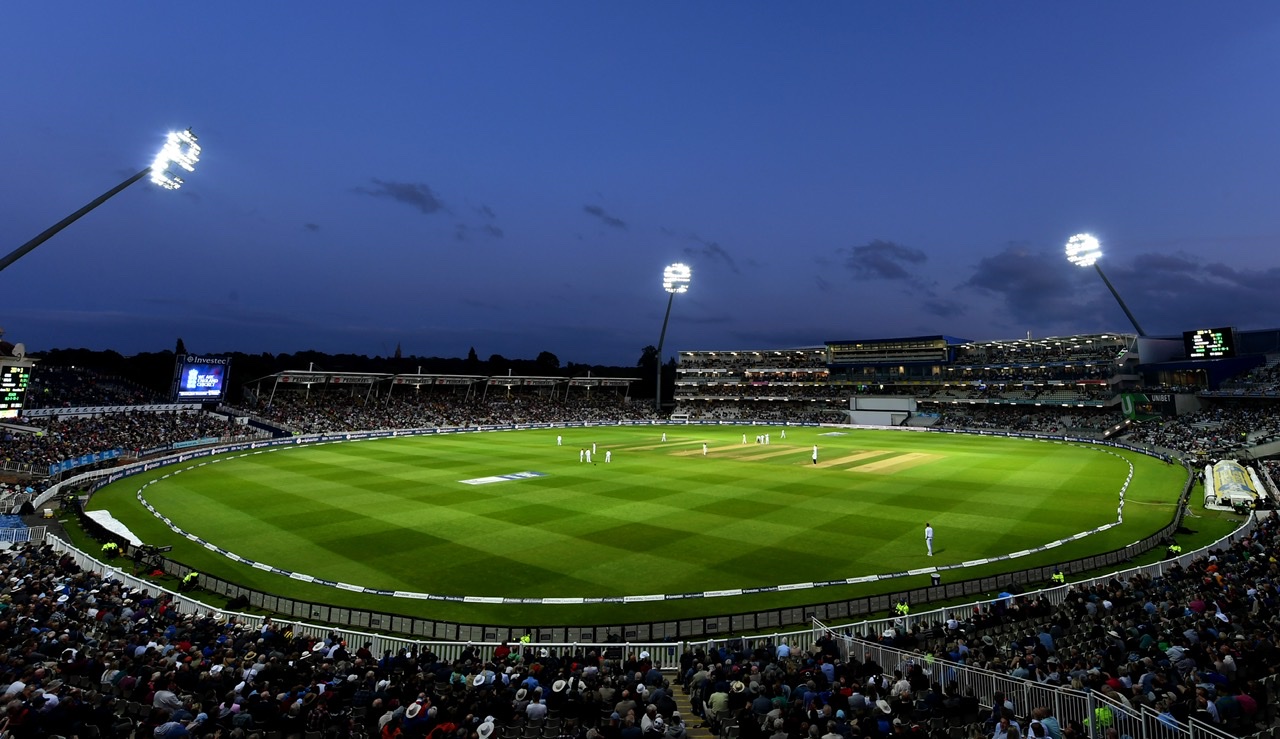Cricket Australia continues to feast on unhealthy product advertising
December 13, 2020
The advertising of alcohol, gambling and junk food, especially in sport and during childrens viewing times, has been contentious. With summer upon us, cricket is again swamped with these ads, exposing millions of kids to them and threatening their health and wellbeing. The release of new drinking guidelines calls into question the future of this kind of advertising.

Cricket is back for the summer. Well, sort of! The coronavirus is having its say about tours, scheduling, spectator attendance and broadcasting, but we are grateful that here in Australia there is a degree of normalcy about international cricket.
And yes, the booze, junk food and gambling ads are back, too.
Australians have repeatedly said they dislike these ads because in their opinion they do harm. Parents hate the advertising because they know it targets their children - the science shows this to be the case. Ideally, the ads should go.
Perhaps Cricket Australia might like to take note of the National Health and Medical Research Councils (NHMRC) announcement (8 December 2020) that it has adopted new guidelines to reduce the health risks from drinking alcohol. The purpose of these guidelines is to help consumers make informed decisions about their health.
The new guidelines are the result of an exhaustive four-year review by experts led by Sydney Universitys Professor Kate Conigrave and reflect the latest evidence about alcohols toxicity. Two of the guidelines recommend the commencement of drinking by young people should be delayed as long as possible and cuts the recommended weekly intake of alcohol to a mere 100gms per week or ten standard drinks - about one litre of wine.
The alcohol industry disputes this, of course. No surprise there as they continue to engage in their science denialism.
Alcohol is responsible for almost 6,000 deaths annually (ignore the ABS mortality estimate because it only includes deaths that are alcohol-induced or alcohol-related recorded on a death certificate by a medical practitioner), 70,000 hospitalisations a year and is linked to more than 200 health conditions, including liver disease, suicide and cancer. These are massive social and economic costs.
Many Australians are also dismissive of this health advice, falling for the critic hackneyed tropes about the nanny state and individual responsibility, arguably a reflection on their own drinking behaviour. However, as a correspondent put it: next time they complain about wait times in hospital emergency departments they might reflect on the numbers of alcohol-induced presentations that choke the health system. This hands-off approach comes at a cost to their and their familys access to the health system and the cost of its operation.
Fortunately, the vast majority of Australians recognise the risks to health and wellbeing and believe more needs to be done to stop the harm caused by alcohol.
However, Australias cultural embrace of alcohol, shaped by many factors including the prolific advertising and marketing of alcohol, makes action on alcohol difficult.
The industry exploits every opportunity to align drinking with things Australians love, including with elite sport. Research has repeatedly shown associations with sport is good for brands, including the booze industry, but bad for kids. Childrens exposure to alcohol marketing is associated with riskier drinking patterns they begin their drinking at an earlier age, consume more and are at greater risk of developing a problem with alcohol later in life.
Big Media, both traditional and new, happily play their part in this conspiracy against Australias young people.
Sadly, the administrators of these sports are easily enticed to accept the filthy lucre via sponsorships, advertising, product placements and sophisticated broadcast deals that are valued in billions of dollars. Well at least prior to the arrival COVID-19.
The ABCs David Mark has written about the upheaval the virus has caused to professional sport shaken it to its core! (How coronavirus killed the golden goose of sport and how each code is placed to pick up the pieces.) Billions of dollars have been lost from sport, showing how precarious these massive deals have proven to be.
Cricket Australia (CA) has totally mishandled its situation and now finds itself in an ongoing brawl with its broadcast partner Seven West Media over, you guessed it, money. Regrettably, these crises merely make these sports more vulnerable to enticements from unhealthy commodity industries. Already CA has signed deals with Cadburys and KFC for its hugely popular womens cricket competition. For a sport whose values have been shot to pieces in recent times, it was no surprise the bar was lowered once again. It merely reflects the manifest vulnerability of these sporting businesses.
For now, we can expect a continuation of these wrong-headed marketing relationships with unhealthy commodities. For public health, this means pursuing risk mitigation policies.
Alcohol advertising should be strictly circumscribed, and it certainly should be banned during childrens viewing hours - meaning the exemption which operates for sport should be removed.
But in the future governments should see the COVID crisis as an opportunity for major alcohol policy resets. All advertising should be removed from sport on both traditional and new media, sponsorships should end and controls should be placed on the collection of data by digital platforms, which may be later used to target consumers.
Levels of alcohol consumption in Australia are among the highest in the world and they will remain that way until strong action is taken to change our drinking culture - a culture underpinned by advertising and marketing that reinforces drinking mores and recruits new drinkers.
